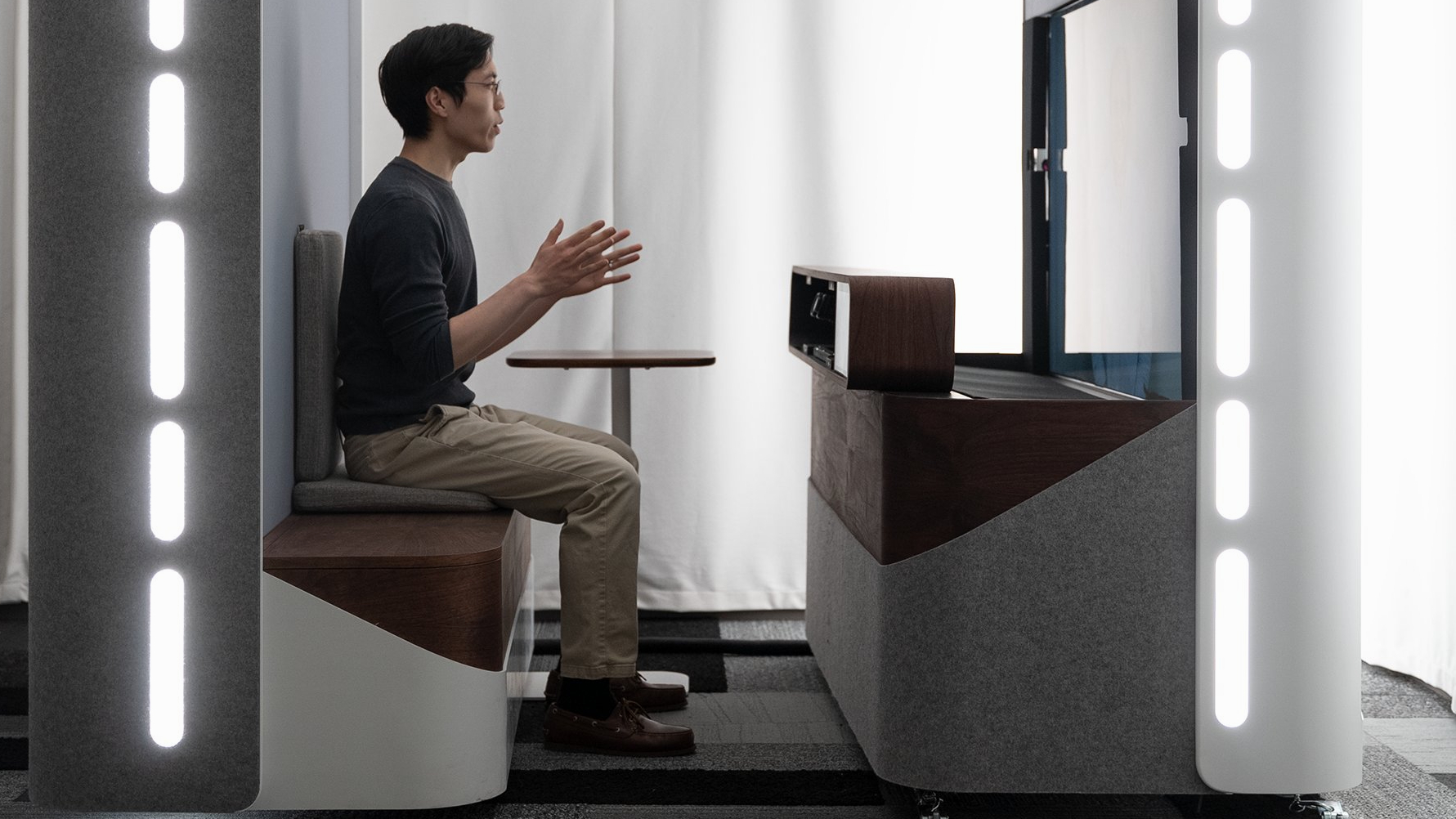
Google has been touting its Project Starline concept for years on a promise that it will reimagine how we communicate with each other from afar. And starting next year, it may finally become a reality.
Google will launch its Project Starline AI video calling platform next year, the company confirmed in a blog post on Monday (May 13). While the company shared precious few details on how that launch will happen, Google did say that it will be making Project Starline available on HP products first.
"We’re partnering with HP to start commercialization of this unique experience in 2025," Google wrote in a blog post," and are working to enable it directly from the video conferencing services you use today — such as Google Meet and Zoom."
Google first unveiled its concept for Project Starline in 2021, saying that it believed there would be a future in which people who were on a video call and thousands of miles apart would have the ability to communicate as if they were in the same room. Using 3D, Project Starline works with a "magic window" that users look through and can hold their video call in 3D.
"You can talk, gesture and make eye contact with another person, just like you would if you were in the same room," Google said in its post.
The search giant said it's been testing Project Starline for quite some time and has logged "thousands of hours" of testing time to ensure it works well. Google found that it delivered a host of improvements in long-distance communication, including "better attentiveness, memory recall and an overall sense of presence."
Perhaps most importantly, Project Starline creates a more lifelike experience. Instead of looking through a screen to see someone who's simply being recorded by a camera, Project Starline makes it feel like you're in the room with them, having a conversation without any intermediary technology.
In addition to making for a more lifelike conversation, it also changes behavior. Indeed, Google said that nonverbal communication, like head nods, hand gestures, and subtle expressions, increases by as much as 50 percent on Project Starline calls compared to traditional video calls.
The major question right now, however, centers on how this will all play out. Neither Google nor HP said how Project Starline will be integrated into HP machines next year and whether it'll be available on all HP devices or a smaller subset. It's also unclear how much it'll cost (if it'll cost anything at all) and whether there will be other barriers users should consider. Instead, the companies said to stay tuned on future implementations.
Beyond HP, questions remain over whether Google will bring Project Starline to other PC-maker machines or offer it on mobile.
For now, then, a host of questions remain. But it's nice to see Google finally putting a date on the books for when it'll finally launch a fascinating platform we've been hearing about for years.







